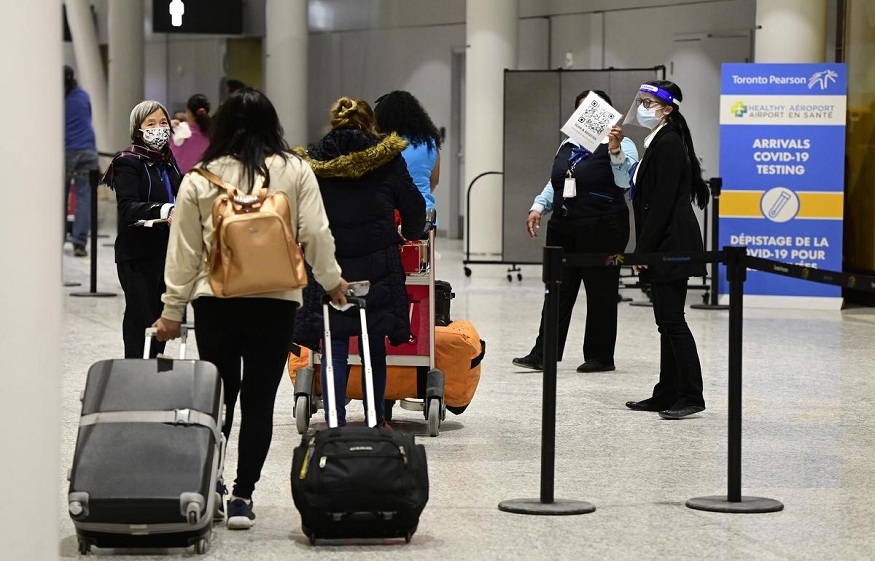The worry of artificial flight

If, in flight, crisis situations are fortunately not so frequent, nevertheless, the pilot’s mind is rarely completely relaxed. It is not a question of fear, nor even of anguish but only – etymologically – of a permanent, latent concern, caused as much by what can happen inside the aircraft as in its environment.
2Unfortunately—or fortunately—there is no such thing as perfect pleasure. The flying man knows that he is only a prisoner on parole – or provisional – and that, at any moment, he can be thrown to the ground and pay with his life for his audacity. His reptilian brain watches, however, and reminds him that physical danger can arise at any time. For a few seconds, he forces her to abandon her intellectual enjoyment to inspect the surroundings with that mobility of the eye which is that of birds pecking. It’s written in their chromosomes! Their survival is only assured at the cost of a permanent anxiety that makes them tilt their heads to the left and to the right every few seconds in order to prevent the eruption of the predator. This reflex persists even in captive animals protected by their bars. The pilot’s predator is the aircraft which frequents the same aerial surroundings as him and which can arise with a great crash announcing eternity. To return to earth, in the best of cases, he will have to produce an effort as great as that which he had to consent to take off, although it is of a very different nature: he must ensure that, by a subtle transition between the flight and a new adhesion to the ground, the contact is as soft as possible. In all cases, the man placed in a situation of theft cannot free himself from his responsibility; he is the only guarantor of how his aerial adventure will end. If the escape meant effort and will, the return to earth also supposes a tense will. There is no alternative. The return is inevitable. It depends only on the pilot, and on him alone, that this return is not a fall. The fall is always present in the spirit of the one who flies. The fall that pollutes the pleasure of flying! If the pilot can abandon himself to the enthusiasm of the flight, he can never do so for very long because he knows that his flight is artificial and that at any moment the artifact could fail and throw him to the ground. Real flight is always restless flight, the opposite of dream flight, which almost never ends in a fatal fall.8 . Should we conclude that the constant threat of falling profoundly alters the pleasure of flight? No way. Since falling is consubstantial with flight, the fear of falling paradoxically provokes pleasure, which is properly schizophrenic. Gaston Bachelard thinks that this pleasure nourished by anxiety has its origin, precisely, from the oneiric flight because “it is already a great light that we owe to the dream which shows us that fear can produce happiness” 9 . If overcoming fear produces pleasure, the reasonable man knows well, however, that the adventure does not always end happily and that the real dangers are numerous.
3Mechanical breakdowns, in the first place, produce the fall or, at least, an irremediable descent which can end very badly if the contact must take place in a region where the epidermis of the earth is too rough. Even more dramatic is the accidental breakage of a lift part of the aircraft, such as a wing or part of it. In this case, the fall can only be violent and fatal. But all the sources of dramatic flight interruptions are too well known to merit full comment. There is, indeed, a large collection of causes listed since the beginnings of aviation, and each disaster adds new ones. All these possible causes fuel the concern of the pilot who knows better than anyone the fragility of his aircraft.
4The concern of the one who flies — or more precisely of the one who is responsible for the flight — is also fueled by the quality of the element which ensures the sustenance of the heavy body of the plane, that is to say the air.
The visceral learning of meteorology
5In his course, the geographer learns more climatology than meteorology, even if he is made to approach the latter, on a small cartographic scale, that is to say over spaces of several thousand kilometers which correspond to the large areas swept by the cloud systems of the disturbances that are presented to us before each television news. During his theoretical learning, the pilot is introduced to these climatic phenomena called “types of weather” which can have an extremely important influence on the behavior of the aircraft in flight and on that of the pilot who must make decisions to return to the ground. in good conditions. Very didactic diagrams explain to him which succession of clouds he is supposed to encounter if he crosses a disturbance from east to west and which ones can cause him serious problems; he must recognize cirrus and cirrostratus, so high in the sky that they do not concern him; the altocumulus or the stratocumulus still leave him a comfortable margin to pass under, but he must know that the stratus clouds which form the body of a rain front are his worst enemies. We’ve all been warned of this, just as we’ve all been warned not to come and flirt with those cloudy monsters that are the cumulonimbus clouds that spit lightning and can dismantle a small plane in seconds. This basic theoretical information is completed, throughout the life of the pilot, for the preparation of his trip






